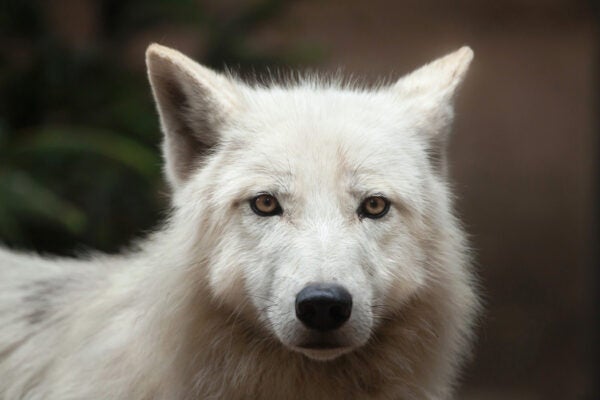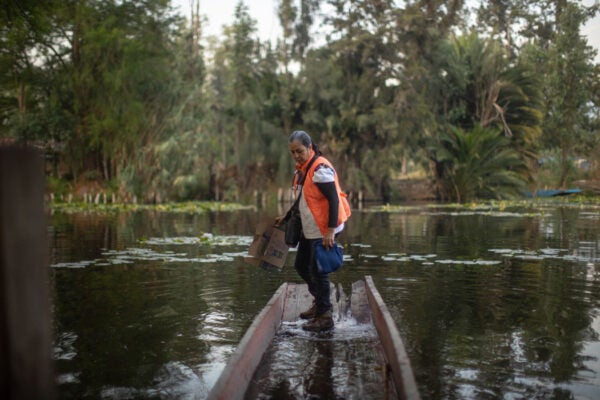What’s consciousness for? Ask a bee (Aeon)
by Lars Chittka and Catherine Wilson
Bees can teach each other novel tasks, recognize patterns, and drown their anxieties with fermented fruit. What does this say about their minds, and ours?
When insects disappear (The New York Times)
by Brooke Jarvis
We take notice when an adorable animal species becomes endangered. But what about when skies teeming with ordinary creatures get emptier and emptier?
How giant snails tell humanity’s story (Atlas Obscura)
by Sarah Laskow
What clues will future scientists study as they sort through the geological remains of the Anthropocene era? Radioactive isotopes, yes. But maybe also giant snails.
Our cultures, our mental health (The Boston Globe)
by Linda Rodriguez McRobbie
If you get the sensation of bugs crawling under your skin, it could be a sign of psychosis. Or, if you’re Nigerian, it might be a typical symptom of a panic attack. Psychologists and psychiatrists need to understand how our cultures shape our mental illnesses.
The good news about foodborne illness (Pacific Standard)
by Jack Denton
Are stories about E. coli outbreaks in romaine lettuce and ground beef freaking you out? They may actually reflect something positive: an increasingly effective system tracking these kinds of illness.
Got a hot tip about a well-researched story that belongs on this list? Email us here.






